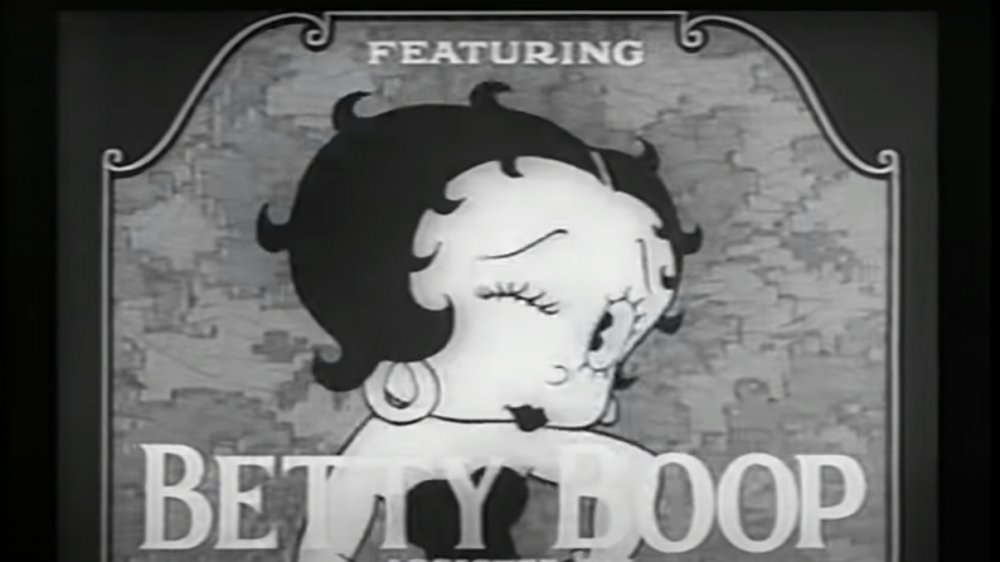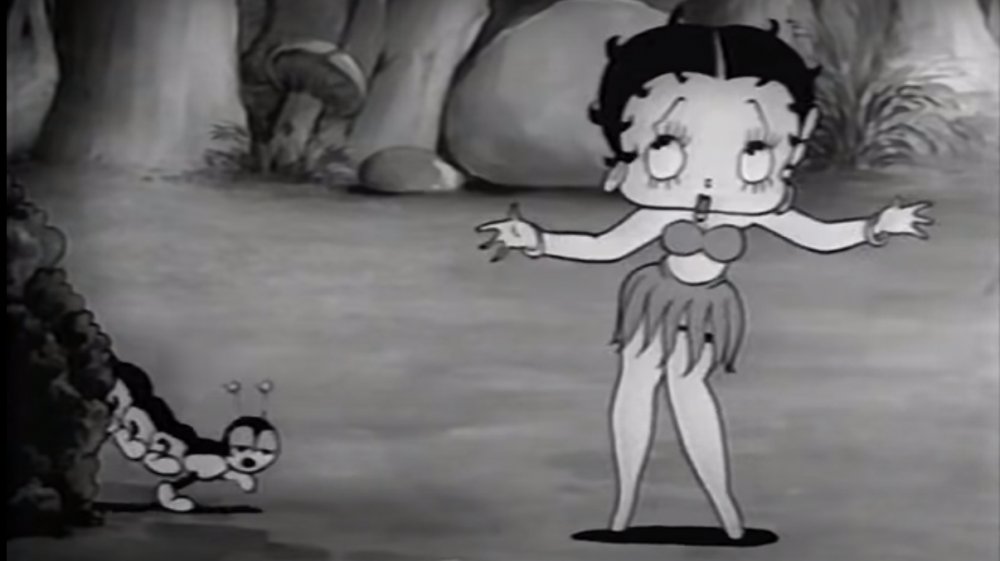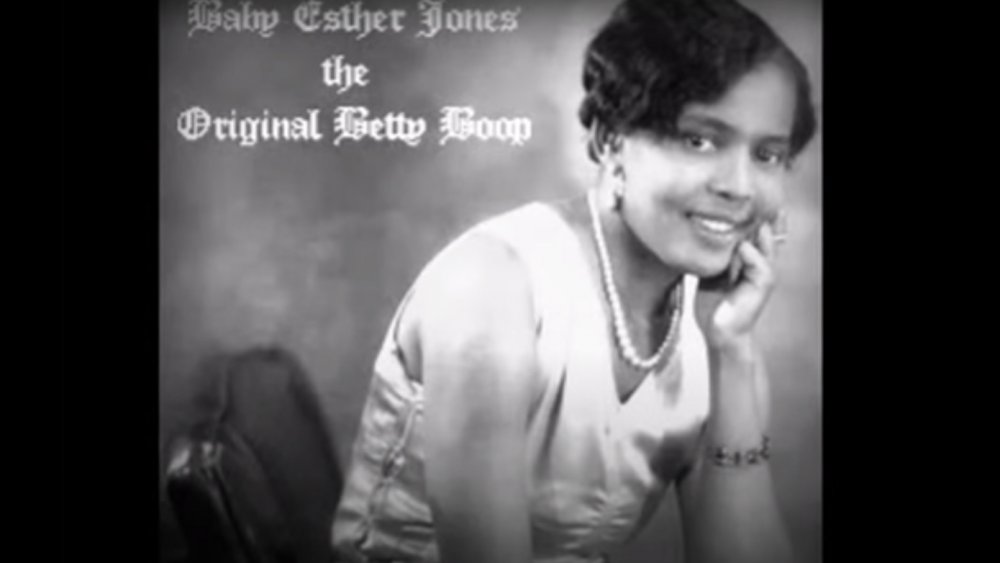The Untold Story Of The Real Betty Boop
Max and Dave Fleischer don't necessarily spring to mind anymore when the conversation turns to classic animated cartoons. It's not like they were Walt Disney, or even the Warner Bros. That's a shame, because they were producing short animated movies from New York when Walt was still living in Kansas City. According to Encyclopedia Britannica, Max was the producer and the inventor, Dave the director. One of their signature developments was the rotoscope, a process that allowed live-action film footage to be traced and turned into an animated cartoon, as Infoplease tells us.
Their studio produced numerous short animated films, many of them now in the public domain and easily viewed all over the web. They produced cartoons based on previously existing characters, like Superman, and Popeye the Sailor, but also built series based on their own creativity that rocked the business: Koko the Clown, for the somewhat hallucinogenic Out of the Inkwell series (which featured rotoscope of Dave acting out the main part), and arguably, most famously, Betty Boop.
Betty boop-boop-a-dooped
Betty first showed up in 1930, though not in human form; at first she was an anthropomorphic french poodle. In 1932 the character shifted to someone resembling a 1920s flapper: curls, curvy, and wearing very short dresses or skirts that showed off a garter on her left leg. The cartoons were actually censored by the Hays Office, which was in charge of keeping an eye on the moral content of the film industry. Betty was an original, and very, very popular.
Besides how she was presented (she wasn't a bad girl; she was just drawn that way), Betty would dance and sing in a distinctive, unique style, including her hallmark phrase "Boop-boop-a-doop," rendered by Margie Hines in the style of Helen Kane, a popular, and white, nightclub performer of the day who specialized in delivering lyrics with a childlike voice. Except it wasn't Helen Kane's style, either.
In 1934 Kane had been laid off from Paramount Studios, and brought suit against the Fleischers. She was Betty, and the animators had stolen her stage persona. She wanted them to stop producing Boop cartoons and pay her $250,000. As History reports, "the press had a field day with the concept of a performer attempting to protect her popular 'boops.'" The Fleischers were not impressed and fought back. Besides testimony from the women who had voiced Boop for the cartoons, other performers testified as well. And then Baby Esther entered the fray.
They hadn't ripped off Helen Kane; they'd ripped off Esther Jones
Baby Esther was the stage name of Esther Jones, a very young black entertainer who also used the baby-voice delivery on songs, and also used the "boop-boop-a-whatever" style of scat singing, and also predated Helen Kane, according to Black Enterprise. Jones wasn't available to testify, but her manager was, and did, adding that Kane had seen Jones performing in New York in 1928. At which point Kane began boop-a-whatevering, using it most successfully on a pop tune called "I Wanna Be Loved By You." The Cut quotes jazz scholar Robert G. O'Meally, writing in the anthology Uptown Conversation: The New Jazz Studies: Betty Boop "had, as it were, a black grandmother in her background."
The case was thrown out. Kane died in obscurity in 1966. As for Jones: she didn't receive a dime from her work being utilized to create an animated doll-woman, says Medium. If she'd sued, she'd have been a black woman trying to prove a case against white business owners in 1930s America. It didn't happen.


